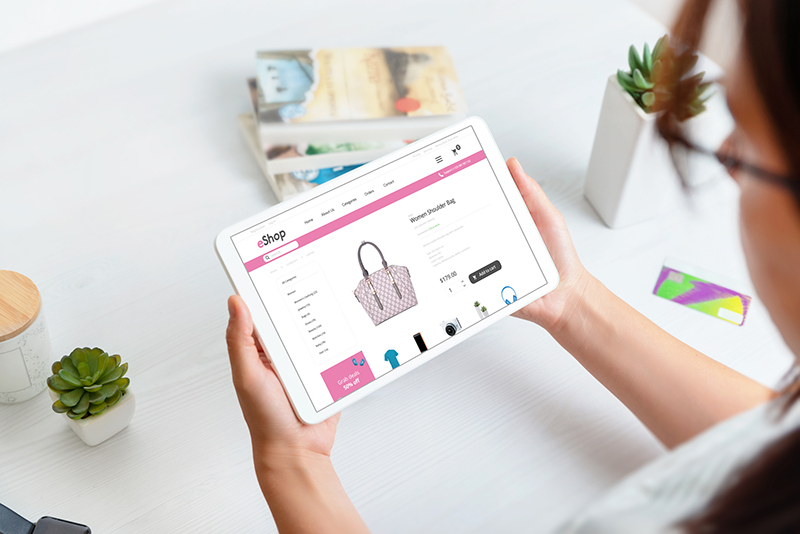Click here to get this post in PDF
Taking your company into the global market takes more than simply developing and launching a website that can be accessed from anywhere. History is littered with blunders where brands have attempted to expand into new regions without understanding cultural norms or struggled to overcome language barriers.
However, there are some steps you can take to maximise your chances of international success when building your brand abroad. Read on for more information.
Know Your Customers
When expanding into new regions, you must take time to research the behaviour of customers in that area. Consumers in one culture have certain buying habits and preferences, but this will not necessarily translate across regions.
Keep in mind that preferences are not universal. This might seem relatively obvious, but you would be surprised at how many retailers overlook this when they go global. Without careful research and considered strategies, your international launch could be short-lived, as first impressions matter. A cultural blunder at the beginning of expansion can permanently damage your brand’s image in the region, harming your chances of successful international growth.
A great example of a company doing inadequate research before moving into new areas is Walmart’s attempt to develop its brand in China. Thinking it would be similar to the US, they placed shops in industrial parks. However, this failed as Chinese consumers preferred to shop close to home rather than near their workplace. On the whole, the brand failed to understand the desires of Chinese consumers, which harmed its rollout in the country.
Overcome Language Barriers
Obviously, you will need to translate your marketing materials and other copy into the local language when you push into new areas. However, some things can be overlooked by businesses. For example, you should ensure that your company’s name doesn’t translate embarrassingly in the region. You might need to alter the name of your brand in that region to avoid being caught out.
You should also ensure that any legal documents or contracts are expertly translated and take local law into account. You should explore legal translation services like those offered by Brightlines. This process requires both an in-depth knowledge of local laws and regulations and a mastery of both languages for the translation.
When considering how your brand translates, you should also think of the visual preferences in the region you are expanding into. Different colours are preferred depending on what area of the world you’re in. While blues and greens catch consumers eyes in the US, reds and yellows might bring more success in Latin America. This can boost the appeal of your brand when you expand, so it is worth researching in the preliminary stages of a launch.
Broaden Your Scope
When you move into new countries, you will undoubtedly experience differences in demands. You may need to expand your offerings to deliver new products to consumers based on the market’s specific demands. You must ensure that the scope of your company is broad enough to facilitate these changes. If your brand cannot adapt to fluctuations in the market, it is unlikely that your international expansion will be sustainable.
Understand the Local Packing Requirements
If you’re selling a product internationally, you will need to understand the packaging requirements in the region. Naturally, laws, customs, and packaging requirements vary significantly between countries, so you must know how they will affect your business before setting out. For example, if you are selling food internationally, you might need additional nutritional information on the packaging. You must learn and understand regional packaging conventions to make your international growth as smooth as possible.
Also, when thinking about your packaging, consider how you plan for your products to be displayed in shops. In one country, you might hang your product from a rail. However, in another region, you might be able to compete with other brands better by having packaging placed on shelves.
Position Your Brand Properly
Good brand positioning is vital regardless of what market you’re operating in, but careful market research is essential when you expand into new regions. You must understand the competition to find areas where you can exploit a competitive advantage when you expand. Look at companies supplying similar products to your business and avoid assuming they are the same as in your current market. For more information on how to conduct competitor analysis, check out this article.
This research will help you to properly position your brand in new countries and markets, ultimately giving you the best chance of success in these regions.
Conclusion
On the whole, expanding your business into international markets can be exciting and daunting in equal measure. To give your company the best chances of success when doing this, you should plan and prepare in great detail before launching overseas. There are many things to consider when moving into foreign markets. Overall, by considering the suggestions above, you can maximise your chances of success when developing your brand abroad.
You may also like: 7 Crucial Tips for Developing a Brand
Image source: Dreamstime.com

